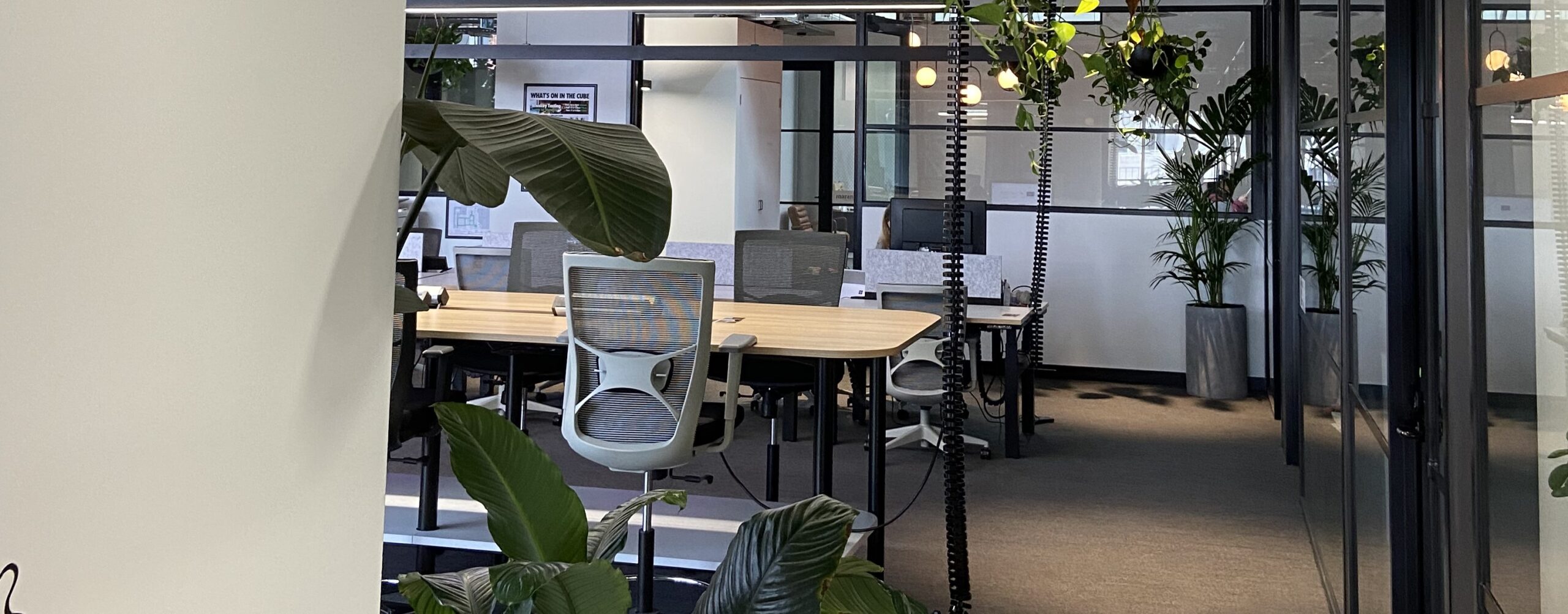and interact. As the world slowly emerges from the grips of the virus, many are contemplating a return to the office. This transition is undoubtedly a pivotal moment, requiring careful consideration and adaptation to the new normal.First and foremost, the health and safety of employees must remain paramount. The pandemic has underscored the importance of flexible work arrangements, remote work capabilities, and stringent health protocols. Employers must invest in a comprehensive strategy to ensure the well-being of their staff, including implementing vaccination mandates, improved ventilation systems, and social distancing measures. Regular testing and contact tracing can serve as essential tools in preventing outbreaks.
It’s also crucial to recognize that the workplace culture has evolved. Employees have grown accustomed to the flexibility and autonomy remote work affords. Many have discovered a better work-life balance, reduced commuting stress, and increased productivity. Thus, returning to the office should incorporate a hybrid model, allowing employees to maintain some degree of remote work while balancing the benefits of in-person collaboration.
Communication and adaptability will be key. Companies must ensure clear, consistent, and transparent communication regarding expectations and changes in policies. Leaders need to foster a culture of trust, empowerment, and empathy, recognizing that each employee’s circumstances are unique. This entails accommodating those who may be more comfortable working remotely, while also fostering opportunities for team-building and professional development.
Organizations should leverage the lessons learned during the pandemic to improve the work environment. Modernizing office spaces with a focus on collaboration and wellness can enhance the office experience. Companies can also embrace technology, such as video conferencing and project management tools, to facilitate seamless hybrid work.
In conclusion, the return to the office following the COVID-19 pandemic is a critical juncture in our professional lives. It necessitates a delicate balance between safety, flexibility, and productivity. As we move forward, we should remember the resilience and adaptability we displayed during these challenging times and use those lessons to shape a more robust and dynamic workplace for the future. By prioritizing health, accommodating flexible work arrangements, and fostering a culture of communication and innovation, we can navigate this transition successfully and create a better, more resilient work environment.

